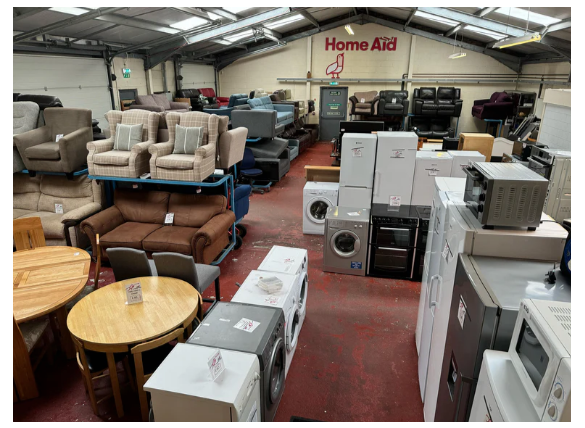Shopping has changed dramatically over the past decade. While many people still head to traditional retailers for new items, there is a growing appreciation for the value, charm, and sustainability offered by alternative options. Among these, consignment stands out as a practice that combines affordability with environmental responsibility. For homeowners and decorators alike, choosing pre-loved pieces has become more than a money-saving decision—it’s a way to add character and uniqueness to living spaces.
Why Consignment Is Growing in Popularity
The appeal of consignment lies in its versatility. Shoppers can find high-quality goods at a fraction of their original cost, often in excellent condition. These pieces range from furniture and artwork to home décor and collectibles, making consignment a treasure hunt for anyone looking to add style to their home without overspending.
More importantly, the growing focus on sustainability has made second-hand shopping more attractive than ever. Each time someone buys through consignment shops, they are participating in a cycle that reduces waste and extends the life of quality items.
Affordability Without Compromise
One of the greatest benefits of consignment is affordability. New furniture and décor can be prohibitively expensive, especially for homeowners looking to decorate entire rooms or larger spaces. Consignment provides a way to purchase high-end or unique items at accessible prices.
Unlike bargain shopping that often involves sacrificing quality, consignment offers the opposite—high-quality goods at reduced costs. Because many items are gently used, shoppers enjoy both savings and craftsmanship that might otherwise be out of reach.
The Unique Appeal of Pre-Loved Pieces
There’s something special about incorporating pre-owned items into a home. Each piece carries its own history and character, often with craftsmanship or design that isn’t found in mass-produced goods. These qualities make consignment items particularly appealing for people who want their homes to feel unique rather than cookie-cutter.
Decorators often turn to consignment as a source of inspiration. A single piece—like a vintage dresser or a handcrafted table—can become the focal point of a room, sparking creativity and shaping the design of the entire space.
Sustainability and Environmental Impact
Beyond cost and style, consignment is an environmentally responsible choice. The furniture industry is a major contributor to landfill waste, as many new pieces are made with materials that do not last. By purchasing second-hand, shoppers reduce demand for disposable furniture and keep durable items in use for longer.
Consignment also aligns with the values of eco-conscious consumers. Choosing to reuse and repurpose helps reduce carbon footprints and minimizes the environmental impact associated with manufacturing and shipping new products.
How Consignment Works
Consignment operates on a simple principle: sellers provide items to a shop, which then sells them on their behalf. Once the item is sold, both the shop and the seller share the profit. This system benefits everyone involved.
- Sellers get the opportunity to earn money from items they no longer use.
- Shoppers gain access to affordable, high-quality goods.
- Shops build a diverse inventory that attracts a wide range of customers.
The result is a marketplace that is dynamic, sustainable, and community-oriented.
Tips for Shopping at Consignment Stores
For those new to consignment, a few tips can make the experience even more rewarding:
- Visit often: Inventory changes regularly, so frequent visits increase your chances of finding unique pieces.
- Look for craftsmanship: High-quality materials and solid construction ensure items will last.
- Be open-minded: Sometimes pieces may need a little polish or minor repairs, but the result can be stunning.
- Act quickly: Great finds don’t last long—if you love something, don’t hesitate.
Shopping this way turns furnishing a home into a creative adventure rather than a chore.
The Role of Consignment in Home Design Trends
Interior design trends are leaning toward personalization and sustainability. Homeowners want spaces that reflect their individuality and values. Consignment aligns perfectly with this shift, offering one-of-a-kind items that stand out from mass-produced alternatives.
Vintage furniture, retro décor, and reclaimed materials are particularly popular, and consignment stores are prime places to find them. These trends highlight a broader cultural movement toward mindful consumption and unique design choices.
Looking Ahead
As awareness of sustainability grows and people seek out affordable, stylish options, consignment is set to continue expanding. What was once seen as a niche market is now a mainstream choice for homeowners, designers, and anyone who appreciates quality with character.
By embracing consignment, shoppers are not only saving money but also contributing to a culture of reuse and sustainability. It’s a practical, stylish, and environmentally friendly approach to decorating modern homes.


